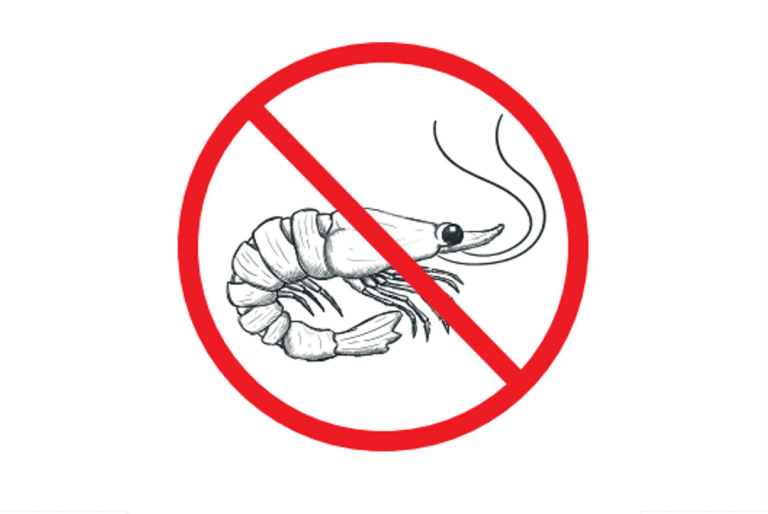Why Are Edible Insects Still So Expensive?


Eating insects, also known as entomophagy, has been around since the dawn of humankind. Meanwhile, when growing beef became easier than collecting insects, this delicious protein source got forgotten in many parts of the world. But now insects are returning to the menu when humankind is searching for alternative and more sustainable ways to produce protein. However, despite the potential benefits of edible insects, they remain relatively expensive compared to other protein sources such as meat and poultry. There are several reasons why edible insects are currently so expensive, which we can broadly categorize into production and demand-side factors.
The EU Favors Inefficient Meat Production Over Sustainable Insect Farming
The EU lavishly subsidizes the production of beef, pork, and chicken, turning a blind eye to the immensely more resource-efficient insect protein farming. This blatant favoritism undermines an eco-friendly revolution in food production.
Adding insult to injury, countries like Germany slap a hefty VAT on insect-based foods, categorizing them alongside luxury items like lobsters rather than offering the reduced VAT rates typically granted to essential foods.
Consumers across the EU unknowingly benefit from artificially cheap beef, pork, and chicken, oblivious to the fact that these prices don’t reflect the true environmental and production costs. Consequently, insect-based foods, priced to account for their actual sustainable production costs, appear disproportionately expensive.
In essence, the EU’s policy promotes resource-guzzling meat production, blatantly neglecting the superior efficiency of insect farming. The production of edible insects uses less than one-tenth the feed, one-hundredth the space, and about two-ten-thousandths the water required for beef production. This stark contrast highlights the EU’s failure to champion a sustainable and efficient future in food production.
The small scale of insect breeding operations
Lack of standardized production methods
Limited consumer demand for edible insects
Limited availability of edible insects
Regulatory and cultural barriers to edible insects
Conclusion

Party Bugs produces its insect snacks in Finland, an EU country, and buys its insects from EU countries where all breeders must follow the strict EU regulations for food safety.















